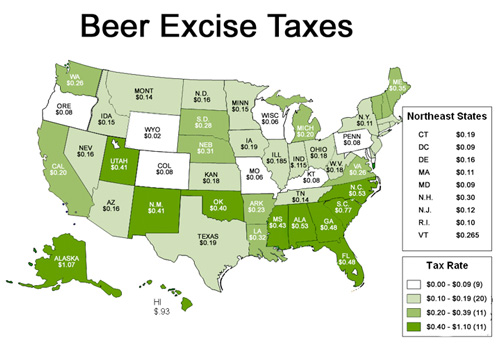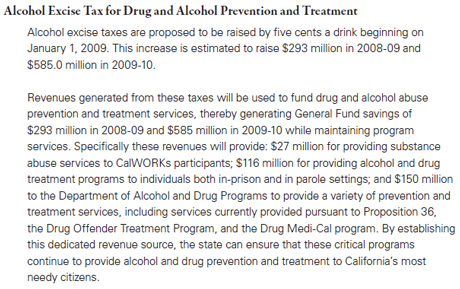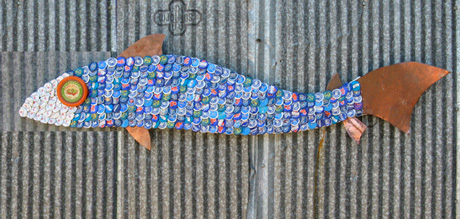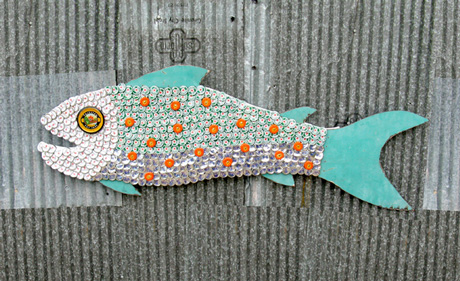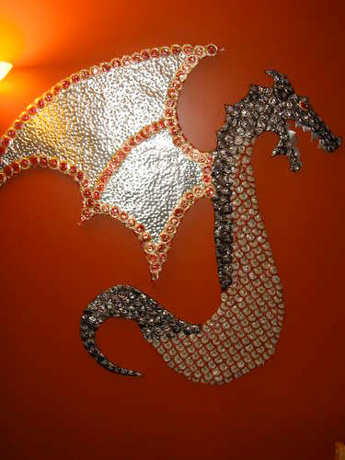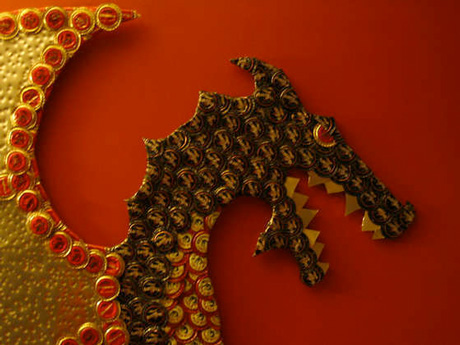Pacific Coast Brewing’s 20th annual holiday beer tasting will be held at the brewery in downtown Oakland on December 13, from Noon until 4:00 p.m. Tickets are $50. Call 510.836.2739 for reservations. If you’re planning on going, make your reservations to be there now, because it will sell out quickly.
12.13
Pacific Coast Brewing’s Tasting of Holiday Beers (20th annual)
Pacific Coast Brewing, 906 Washington Street, Oakland, California
510.836.2739 [ website ]



